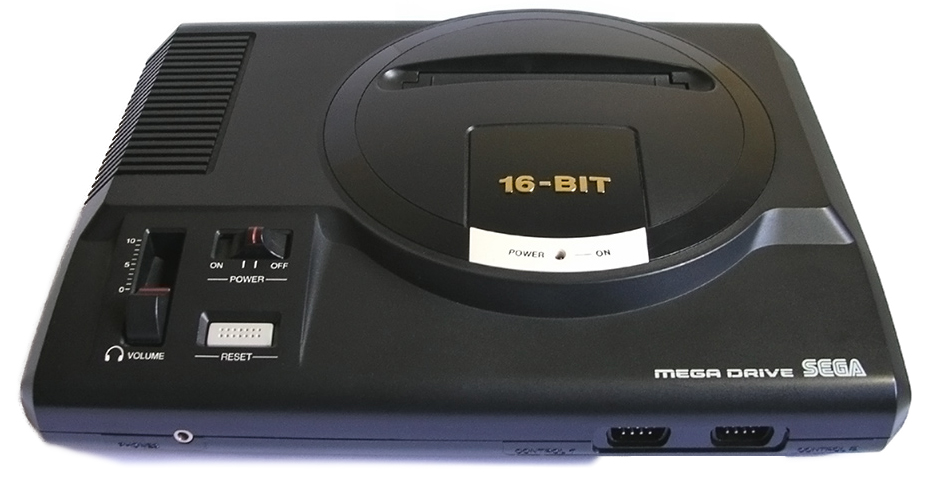Your website’s appearance can make or break a transaction. If it isn’t attractive, up-to-date or user-friendly, consumers will be quick to look elsewhere. You need your site to both make a great impression on potential customers and provide an easy and satisfying user experience (UX).
Modern websites can feature a lot of flashy visual features designed to dazzle visitors. While it may be tempting to implement a slew of these “bells and whistles,” these extraneous features may intimidate consumers or make it difficult for them to navigate your site. Below, 13 Forbes Technology Council members list some website features they recommend companies avoid.
1. Autoplay Video
Autoplay video just annoying. It’s the modern day pop-up. If you make a compelling video and market to it, people will play it. I never find myself saying, “Hey, thanks for starting that video for me—I would have never thought to play it.” Video is such a powerful tool—don’t force feed it to your visitors and potential customers. - Tom Altman, Leverage, powered by Clickstop
2. Intrusive Pop-Ups
It’s helpful to have pop-ups, especially to let visitors know they can talk to someone or ask a question, but when it keeps appearing on every page or with every scroll, visitors start to get frustrated, especially when using a mobile site. Try to limit these and find another way to let them know you are there for them. - Chalmers Brown, Due
Forbes Technology Council is an invitation-only community for world-class CIOs, CTOs and technology executives. Do I qualify?
YOU MAY ALSO LIKE
Grads of Life BRANDVOICE
3 New Year's Resolutions For Workplace Learning And Development
Civic Nation BRANDVOICE
The Richmond Promise: A Community Asset Approach To College Success
3. Homepage Video Backgrounds
A few years back, a couple of prominent websites like LinkedIn decided it would be a good idea to have video autoplaying in the background of their site. Unfortunately, due to evolution, humans notice movement in peripheral vision and are easily distracted by it. As such, it’s incredibly distracting and takes people away from your call to action. Just don’t do it. - David Isaac Murray, Doctor.com
4. Dropdown Menus
Dropdown menus with a menu that disappears are the worst. If you’ve ever had the frustrating experience of highlighting your search term and then scrolling over to the other menu, but moving off of it and it disappears, then you know what I mean. Instead, keep the dropdowns in the sidebar so customers always know where they are in the website and won’t have that frustrating experience. - Arnie Gordon, Arlyn Scales
5. Large, Slow-Loading Images
While appropriate images are important for a professional website, you need to be sure to avoid large-file-size images and, sometimes, sliding images. A slow-loading site may cause visitors to quickly click away. - Anne Bisagno, Xantrion
6. ‘Surprise’ Interactions
You start reading or scrolling, and then you’re hit with an advertisement, graphic, video or mailing list sign-up form. Not only do these interactions disrupt users, but they also feel pushy and borderline scammy. While driving conversions and engagement is a key goal of many websites, interrupting users with automatically triggered content and surprises is a major point of UX friction. - Ayo Jimoh, Visibly
7. Autostart Audio
Having the sound on with any video content or pop-ups can create a horrible user experience. Imagine opening up a site not knowing your sound is on full blast and having someone blare a message that your family, friends or co-workers hear. With 85% of online videos consumed without sound, it’s vital to avoid disrupting your user’s experience and implement subtitles and sound off by default. - Marc Fischer, Dogtown Media LLC
8. Continuous Scroll
Avoid continuous scrolling on websites. This feature is on Twitter, Instagram and Facebook: As you scroll down the feed, new content appears at the bottom of the page automatically. While this feature is good for social media, in other cases, long/continuous scrolling leaves people frustrated that they’ll never reach the end of the page or may miss something that they can’t see down below. - Dmitry Dragilev, JustReachOut.io
7. Features That Attempt To ‘Outsmart’ Users
Websites that attempt to “outsmart” their users with features like overriding the standard scrolling behavior of the browser, blocking the right mouse button or clipboard actions, or modifying the browser history can lead to an extremely frustrating user experience. Your site may be unique, but forcing your user to “relearn” how to use your site just causes abandonment and loss of conversions. - Jason Gill, The HOTH
8. Aggressive Chatbot Messages
Chatbots have lots of applications—many of them good ones. But be careful in how you use them. What you think may help your website seem more intuitive, helpful and personal may leave your visitors unhappy and feeling over-pitched on a cluttered website with messages that are painfully robotic. - Artem Petrov, Reinvently
9. Too Many Calls To Action
When your site has too many calls to action, customers get confused on where they need to click next. Instead of being persuaded to click on your buttons, many will simply become overwhelmed and leave. One tip is to have one big call to action per visible screen. This means that you can have another call to action button below that as the user scrolls and the first one disappears. - Thomas Griffin, OptinMonster
10. Desktop-Centric Design
Try avoiding the creation of too many pages and too much content per page. “Concise” is the keyword when it comes to professional websites. For most companies, mobile traffic has already taken over desktop traffic, with the mobile traffic percentage still growing. If you are just starting a new website, you should make it for mobile devices primarily and try keeping it desktop-friendly as well. - Vikram Joshi, pulsd
11. Too Much Text
Websites don’t need paragraphs of flowery language. Websites are a tool. Get to the point, keep it simple, avoid industry jargon and buzzwords, and let us know what you do, why we should care and how to get more details if wanted. - Brian Contos, Verodin Inc.
Read More>> https://www.forbes.com/sites/forbestechcouncil/2019/01/28/web-design-donts-13-website-features-that-can-ruin-the-user-experience/







